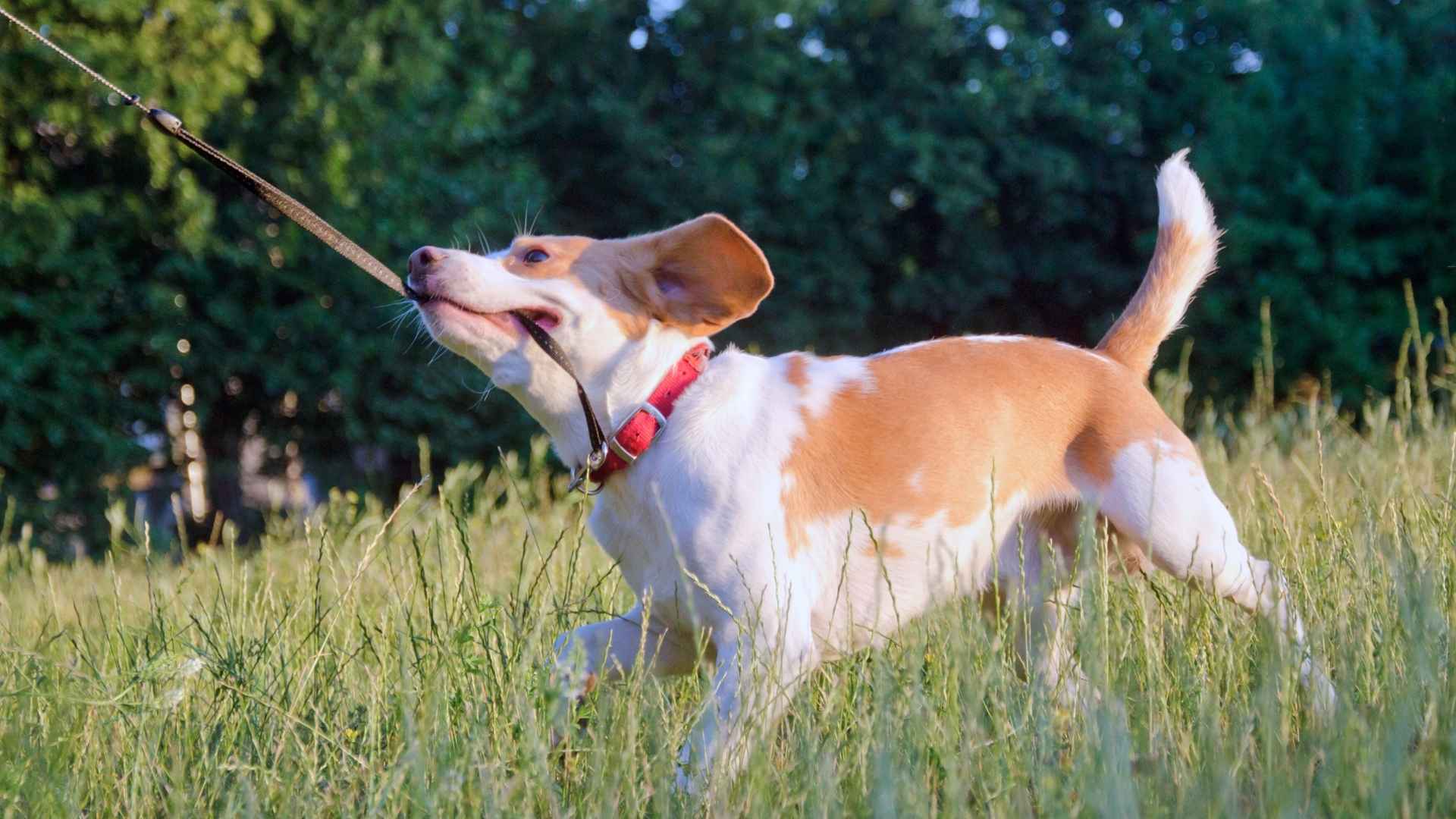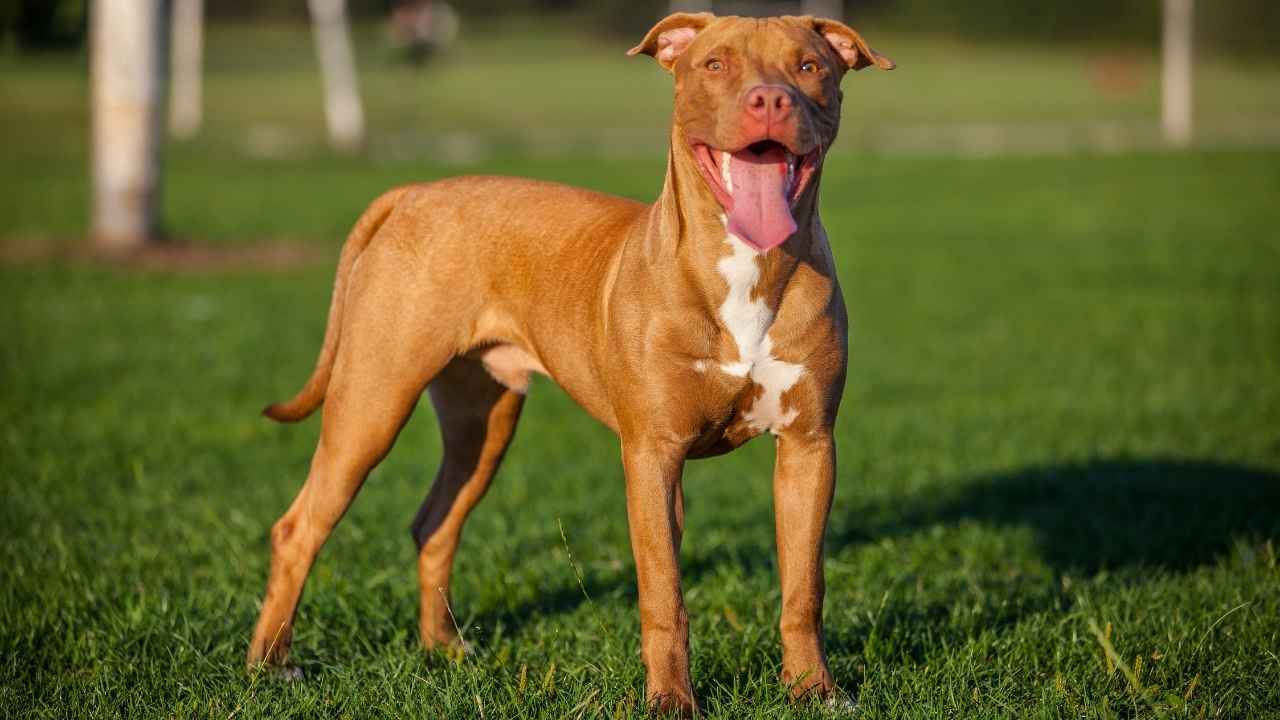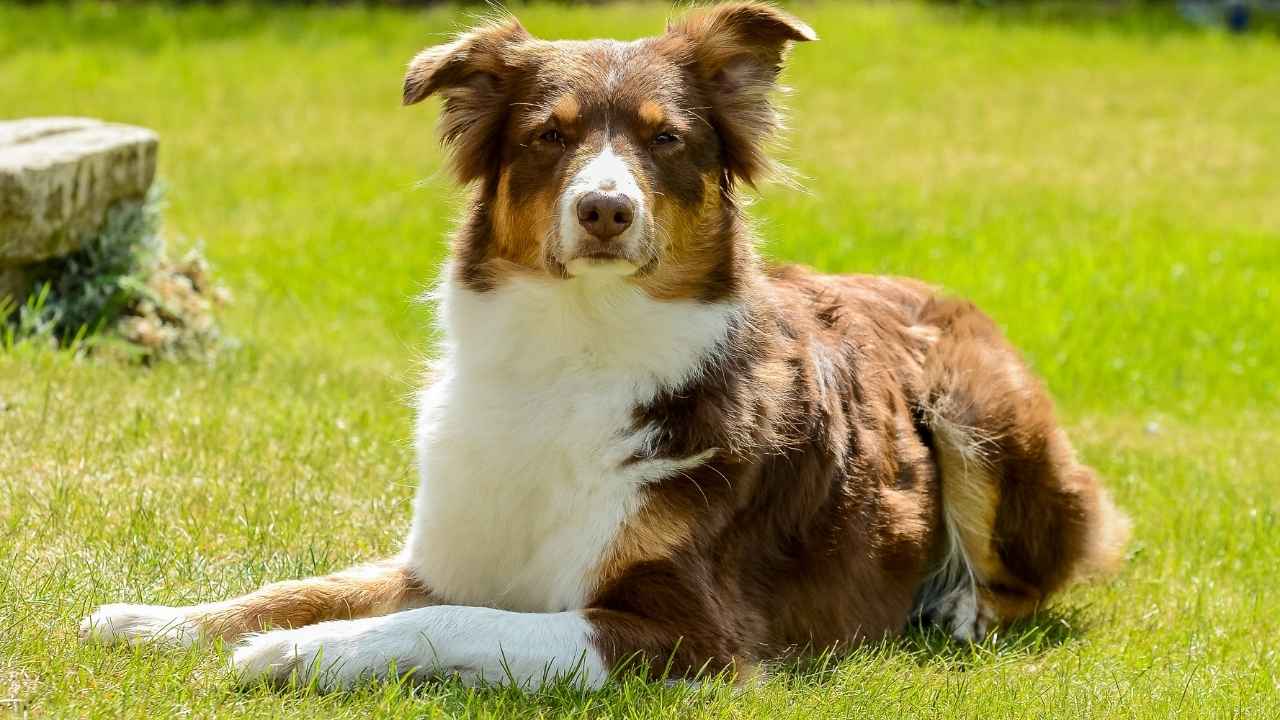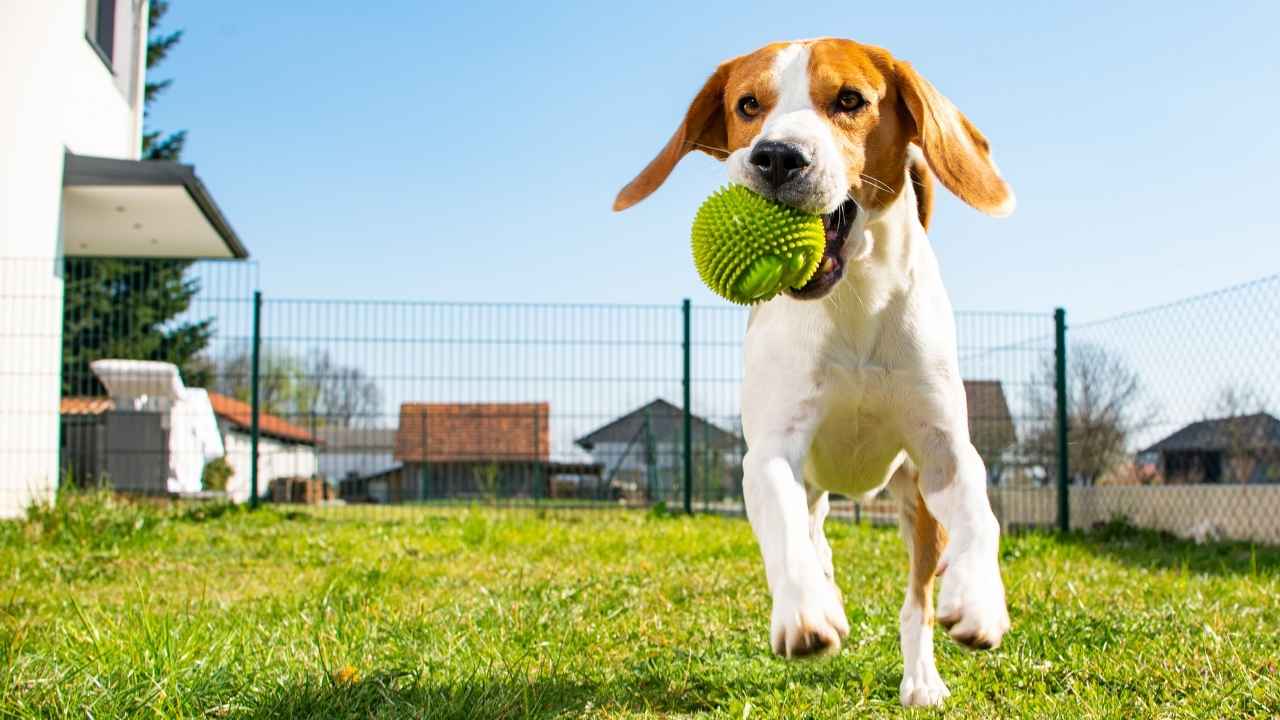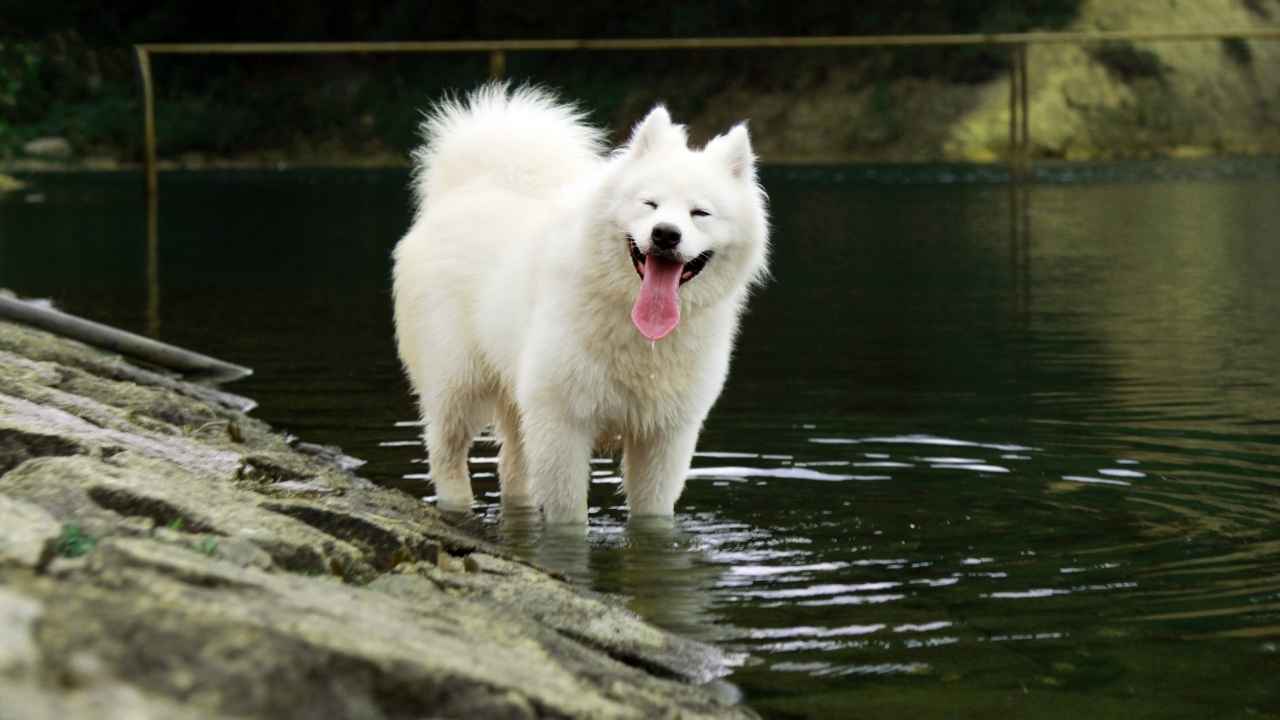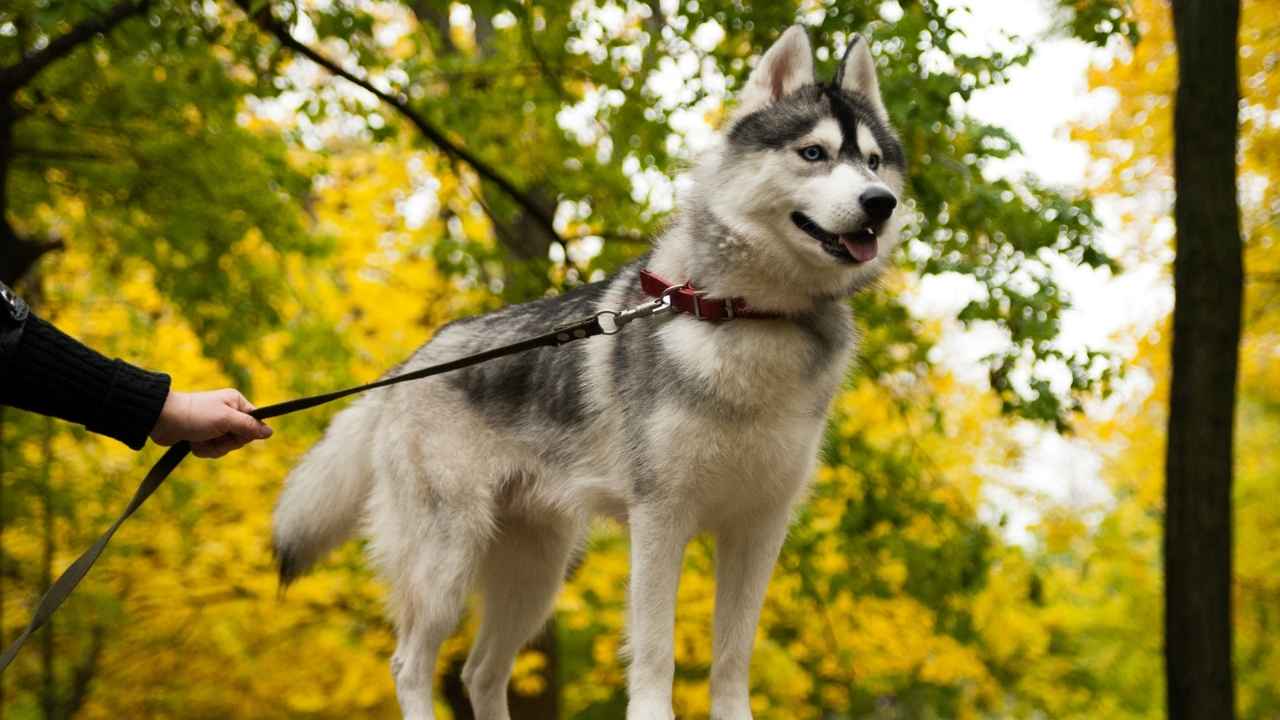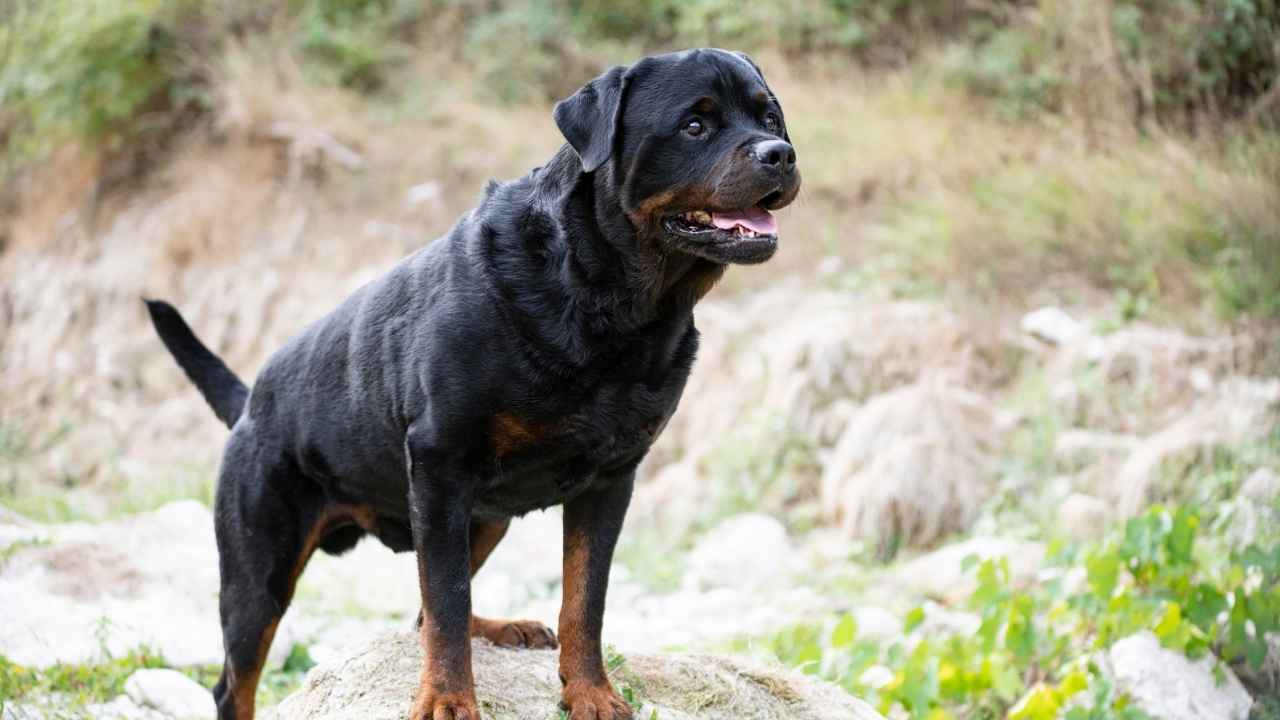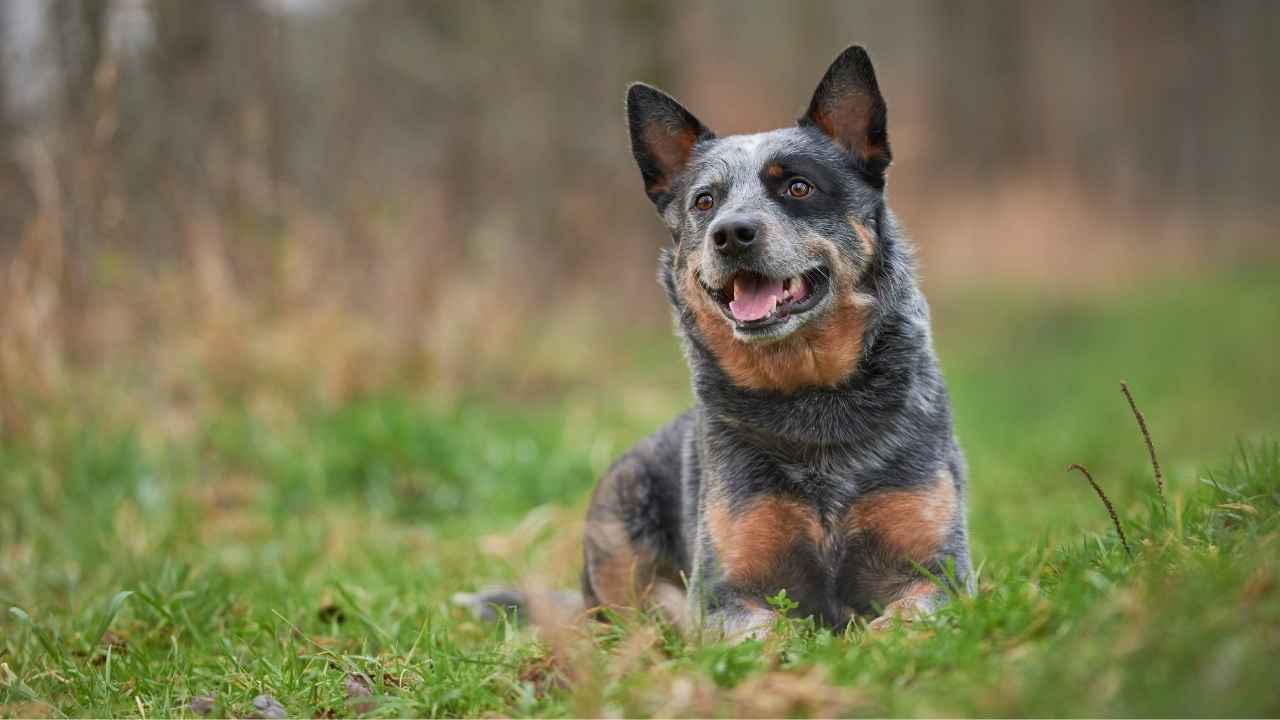When considering adding a medium-sized dog to your family, it’s crucial to look beyond their adorable appearances and consider their temperament and behavioral traits. While many medium breeds make delightful companions, some can be challenging due to their high energy levels, stubbornness, or specific care requirements. In this exploration of the “7 Worst Medium Size Dog Breeds That Can Be Hard To Handle,” we delve into those breeds that, although lovable, might test the patience and skills of even the most seasoned dog owners. Discover which breeds need extra attention and whether you’re ready for the challenge.
Choosing the right dog breed can be a life-changing decision, especially if you’re new to pet ownership or looking for a companion that fits into your busy lifestyle. While many medium-sized dogs are friendly and lovable, some breeds might cause more stress than joy. From high-energy levels that require constant exercise to stubborn temperaments that make training a real challenge, these dogs can test your patience. If you’re considering adoption, it’s crucial to know what you’re getting into.
In this article, we’ll walk you through the 7 worst medium-sized dog breeds that might not be the perfect match for every family or individual, and what you need to know before bringing one into your home. Whether you’re a first-time pet parent or a seasoned dog owner, understanding these breeds could save you a lot of heartache down the road.
Worst Medium Size Dog Breeds
1. American Pit Bull Terrier
The American Pit Bull Terrier is a breed that often sparks debate due to its strong personality and physical strength. While they are known for their intelligence and loyalty, they can present challenges for first-time or busy owners. As smart dogs, they require consistent training and mental stimulation to avoid undesirable behaviors.
High Energy and Guard Dog Instincts
As mentioned in PetMD, their high energy levels mean that they need plenty of exercise, which can be overwhelming for families with limited time or space. Additionally, their guard dog instincts might make them protective, which could lead to territorial behavior if not properly socialized early on.
While some view the American Pit Bull Terrier as one of the worst dog breeds for inexperienced owners, others appreciate their loyalty and affection when trained and cared for properly. As with many dogs, they tend to need structured routines, a firm hand, and a lot of attention to truly thrive.
2. Australian Shepherd
The Australian Shepherd is undeniably one of the most intelligent dogs, known for their remarkable ability to learn quickly. However, this highly energetic breed demands constant physical and mental stimulation. If not properly engaged, they can develop behavioral issues, making proper training essential.
Managing the Herding Instincts and Energy
Originally bred to herd livestock, the Australian Shepherd’s strong instincts still drive them to chase and herd anything that moves, which can lead to unwanted behaviors, especially in homes with other dogs or small children. While they excel in agility and obedience, without mental stimulation, they may become destructive or overly anxious.
Due to their drive and need for a structured routine, the Australian Shepherd might not be suitable for owners looking for a small dog breed or those without the time to invest in their active needs. As dog breeds tend to show, the Australian Shepherd requires more than just daily walks; they need complex training, stimulating activities, and ample space to thrive.
3. Beagle
The Beagle is a small but highly energetic dog that was originally bred as a hunting dog. Their keen sense of smell and strong hunting instincts make them excellent trackers. However, this trait can sometimes lead to challenges for owners, as Beagles are prone to following scents and can wander off if not properly supervised.
Exercise and Training for a Well-Behaved Beagle
They need plenty of exercise to burn off their excess energy. Without enough physical activity, they may resort to destructive behaviors. Beagles have a smooth double coat, which requires moderate grooming to keep them looking their best. This dog’s temperament can be independent, and they require training from a young age to help manage their lively personalities.
While they are friendly and affectionate, their strong sense of smell can sometimes lead them to be overly persistent, making them a potential candidate for being listed among the most high-maintenance breeds. With consistent training and attention, Beagles can make wonderful companions.
4. Samoyed
The Samoyed is a stunning breed known for its energy level, making it one of the most active medium-sized dogs. Originally bred specifically for herding and pulling sleds, these working dogs thrive on physical tasks and require regular exercise to remain content. Without enough activity, they can become restless and destructive.
What to Expect from a Samoyed
As per AKC, their thick double coat needs regular grooming to prevent matting, as it’s designed to withstand harsh cold climates. While they have a friendly temperament, they can be challenging for first-time owners because of their high energy demands. Samoyeds can get along with other animals, but early socialization is essential to ensure they are well-mannered.
Their friendly, playful nature makes them a great family companion, but it’s important to note that their smooth coat sheds heavily, which might not suit owners looking for a low-maintenance dog. With the right care, a Samoyed can make an excellent addition to an active home.
5. Siberian Husky
The Siberian Husky is a highly energetic and large dog breed, originally bred specifically for pulling sleds in cold climates. These dogs have a strong need for enough exercise to keep them physically and mentally stimulated. Without it, they may resort to digging, chewing, or excessive barking.
Grooming, Training, and Socialization Essentials
As per PetPlan, known for its thick double coat made of dense undercoat and longer guard hairs, Huskies shed heavily and require regular grooming. While they have friendly temperaments, they can be challenging for first-time owners due to their guarding instincts and independent nature. If not trained properly, their strong will can lead to stubborn behavior.
Although they generally get along well with other animals, proper socialization is essential from a young age. Siberian Huskies also enjoy rough play and can become too boisterous with children or other pets if not supervised. With the right training, they make loyal, affectionate companions but require commitment and active engagement from their owners.
6. Rottweiler
The Rottweiler is a strong, confident breed often used as a guard dog due to its protective nature. While they make a great companion when trained and socialized properly, they can present challenges for inexperienced owners. Known for their short coat, Rottweilers are relatively low-maintenance in grooming but require consistent exercise and mental stimulation.
Managing Aggression and Territorial Instincts
Their high prey drive can be a concern, especially around small animals like cats or puppies. Without proper training and socialization, this can lead to aggressive tendencies. Rottweilers also have a tendency to become territorial and protective of their families, making early training essential.
Though they can develop the best behavior with proper guidance, they may exhibit dominant traits without strong leadership. Owners must also be aware of potential health issues like hip dysplasia. With time and commitment, Rottweilers can thrive as loyal and loving family members.
7. Australian Cattle Dog
The Australian Cattle Dog is an incredibly energetic breed known for its intelligence and strong work ethic. Originally bred to herd cattle, they require a lot of physical and mental stimulation, making them a poor fit for first-time or busy owners. Without spending time on proper training and socialization, they can become overly aggressive and territorial.
High Energy and Training Challenges
These dogs tend to form strong bonds with their pet parents but can be suspicious of cats and children if not properly raised around them. Their muscular build and high energy levels make them suited for active individuals who enjoy outdoor activities.
However, without enough interaction and stimulation, they can develop problematic behaviors. Difficult to train at times, they require a firm hand and consistent leadership. Despite these challenges, when raised properly, this Aussie dog makes an excellent companion for those willing to invest time and effort.
Conclusion
While dogs like the German Shepherd and Boston Terrier make great companions, some breeds can be overwhelming for new or busy pet parents. The Shih Tzus, Yorkshire Terriers, and Cane Corso all require specific attention, training, and a consistent routine.
Without enough time and commitment, these energetic dogs could develop behavioral issues, including tendencies toward aggression or even dangerous behaviors like dog fighting if not properly trained and socialized. Whether it’s the energetic Alaskan Malamutes or the loyal Border Collie, choosing the right breed is key!
In conclusion, while medium-sized dogs can make excellent companions, it’s important to recognize that certain breeds may pose challenges for prospective owners. Factors such as high energy levels, strong-willed or stubborn personalities, and specific training requirements can make breeds like the Siberian Husky, Australian Shepherd, and Bull Terrier difficult to manage for inexperienced owners. Understanding these challenges is crucial in ensuring a harmonious relationship between the pet and owner. Prospective dog owners should carefully consider their ability to meet these breeds’ needs in terms of training, exercise, and socialization before making a commitment.

